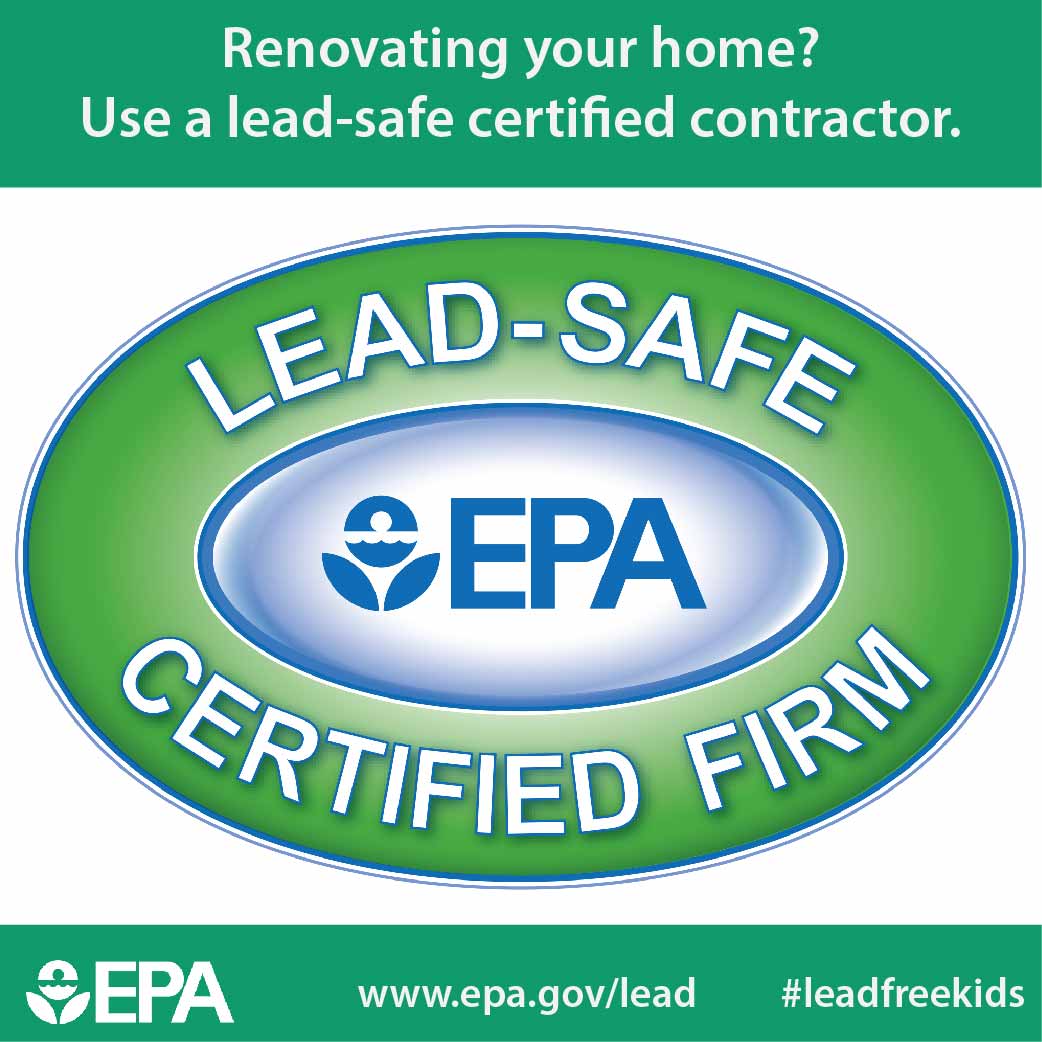Aspects To Think About For Industrial Outside Painting By Period: Vital Info You Should Have
Aspects To Think About For Industrial Outside Painting By Period: Vital Info You Should Have
Blog Article
Web Content Created By-Leach Urquhart
When you're preparing a business exterior painting project, seasonal factors can make or damage your outcomes. You'll wish to take into consideration how temperature and moisture effect paint application and drying times. Choosing the best season can ensure your paint adheres properly and lasts much longer. But which periods are really the very best for this kind of job? Allow's check out the crucial elements that can influence your job's success.
The Effect of Temperature Level on Paint Application
When you're preparing an industrial exterior paint project, the temperature can considerably affect how well the paint adheres and dries.
Ideally, you intend to paint when temperatures vary between 50 ° F and 85 ° F. If https://www.realsimple.com/home-organizing/home-improvement/painting/front-door-colors-boost-home-value 's as well chilly, the paint might not treat effectively, leading to concerns like peeling or fracturing.
On the flip side, if it's also warm, the paint can dry out also rapidly, stopping proper attachment and leading to an unequal coating.
You should likewise consider the time of day; morning or late afternoon offers cooler temperatures, which can be extra favorable.
Constantly inspect the manufacturer's suggestions for the certain paint you're utilizing, as they commonly supply advice on the perfect temperature level variety for optimum results.
Moisture and Its Impact on Drying Times
Temperature isn't the only environmental element that influences your industrial outside painting task; moisture plays a significant duty as well. High humidity degrees can decrease drying times significantly, affecting the overall quality of your paint work.
When the air is saturated with dampness, the paint takes longer to treat, which can lead to problems like inadequate attachment and a greater risk of mold development. If you're repainting on an especially damp day, be prepared for extended delay times between coats.
It's critical to check local weather conditions and strategy appropriately. Ideally, go for humidity degrees in between 40% and 70% for optimal drying out.
Keeping these factors in mind ensures your task stays on track and delivers a long-term surface.
Best Seasons for Commercial Exterior Paint Projects
What's the most effective season for your business external painting projects?
https://exterior-house-painters-n88765.madmouseblog.com/15549652/the-painting-industry-s-future-exploring-patterns-and-cutting-edge-growths and early fall are commonly your best bets. Throughout these periods, temperature levels are moderate, and moisture degrees are typically lower, producing ideal conditions for paint application and drying.
Avoid summertime's intense heat, which can trigger paint to dry also promptly, resulting in bad attachment and finish. Similarly, wintertime's cold temperature levels can hinder proper drying out and curing, running the risk of the durability of your paint job.
Aim for days with temperature levels between 50 ° F and 85 ° F for optimal results. Remember to check the regional weather forecast for rain, as damp problems can wreck your task.
Preparation around these aspects guarantees your paint job runs efficiently and lasts much longer.
Final thought
Finally, planning your business exterior painting jobs around seasonal factors to consider can make a substantial difference in the result. By scheduling work throughout the excellent temperature levels and moisture levels, you'll ensure better attachment and drying times. Bear in mind to keep an eye on neighborhood weather forecasts and choose the right time of year-- spring and very early fall are your best bets. Taking these actions will certainly help you accomplish a long lasting and expert finish that lasts.
